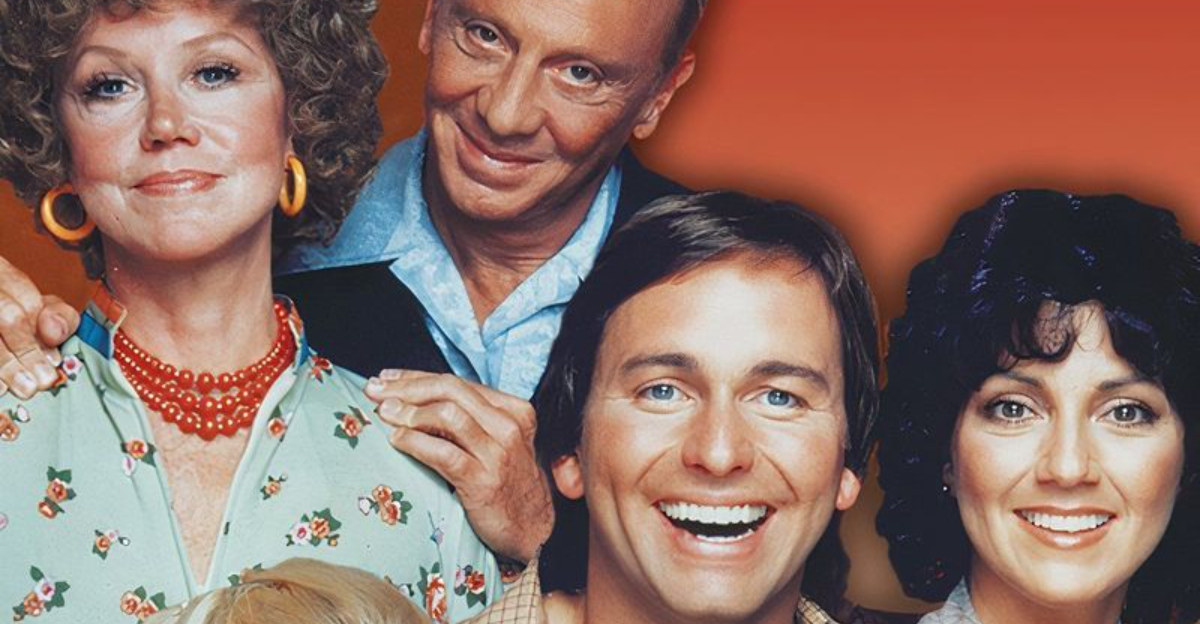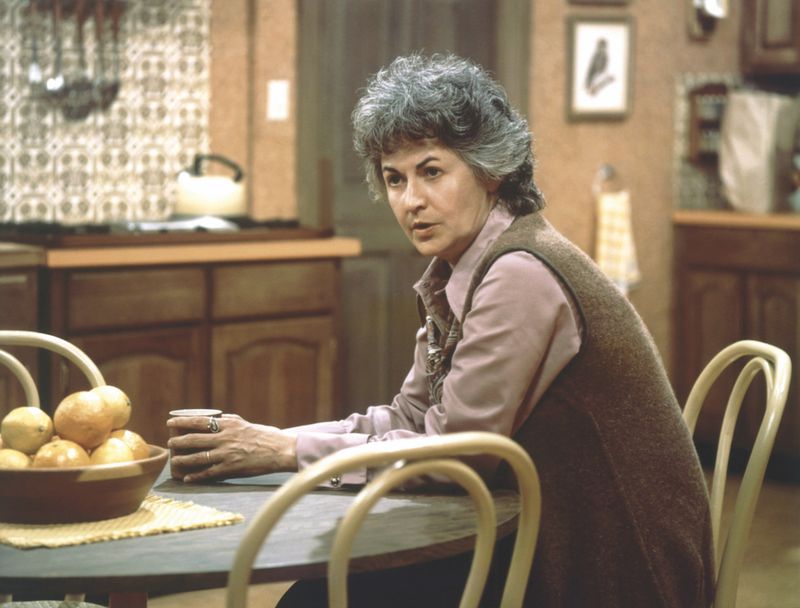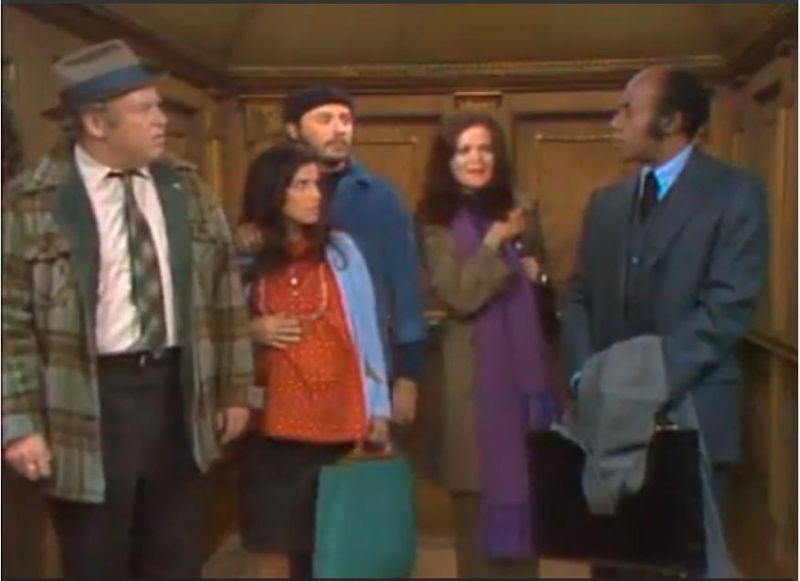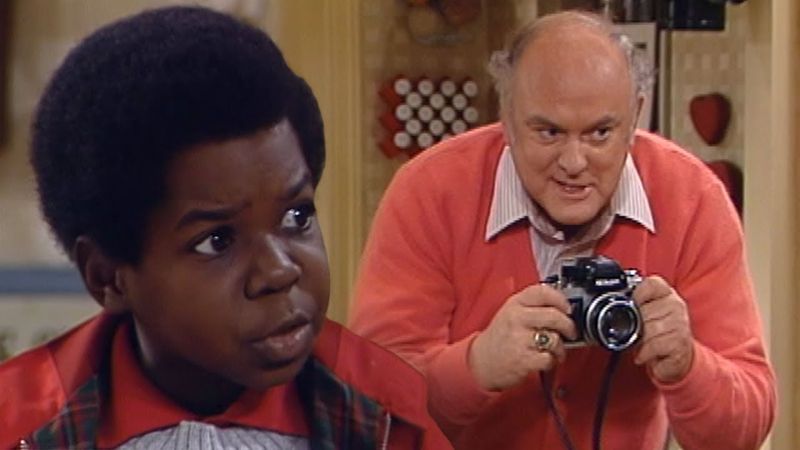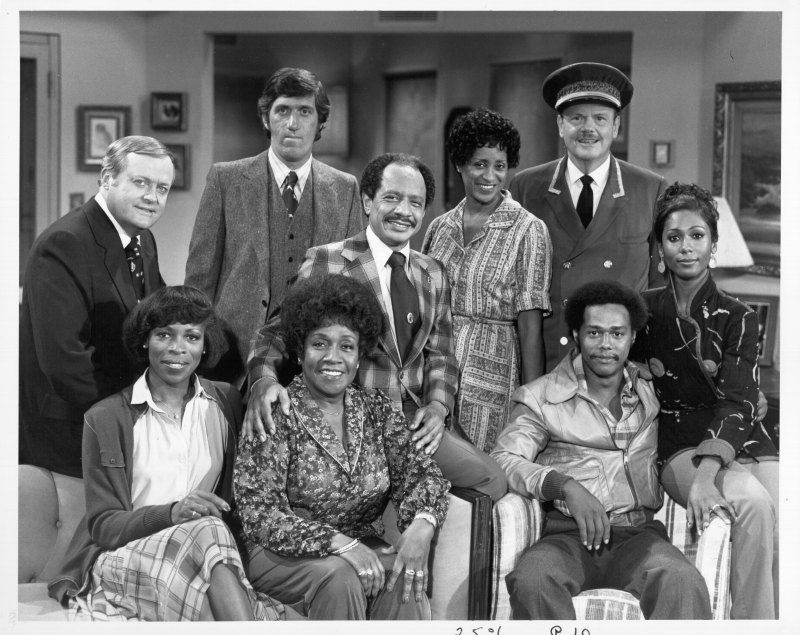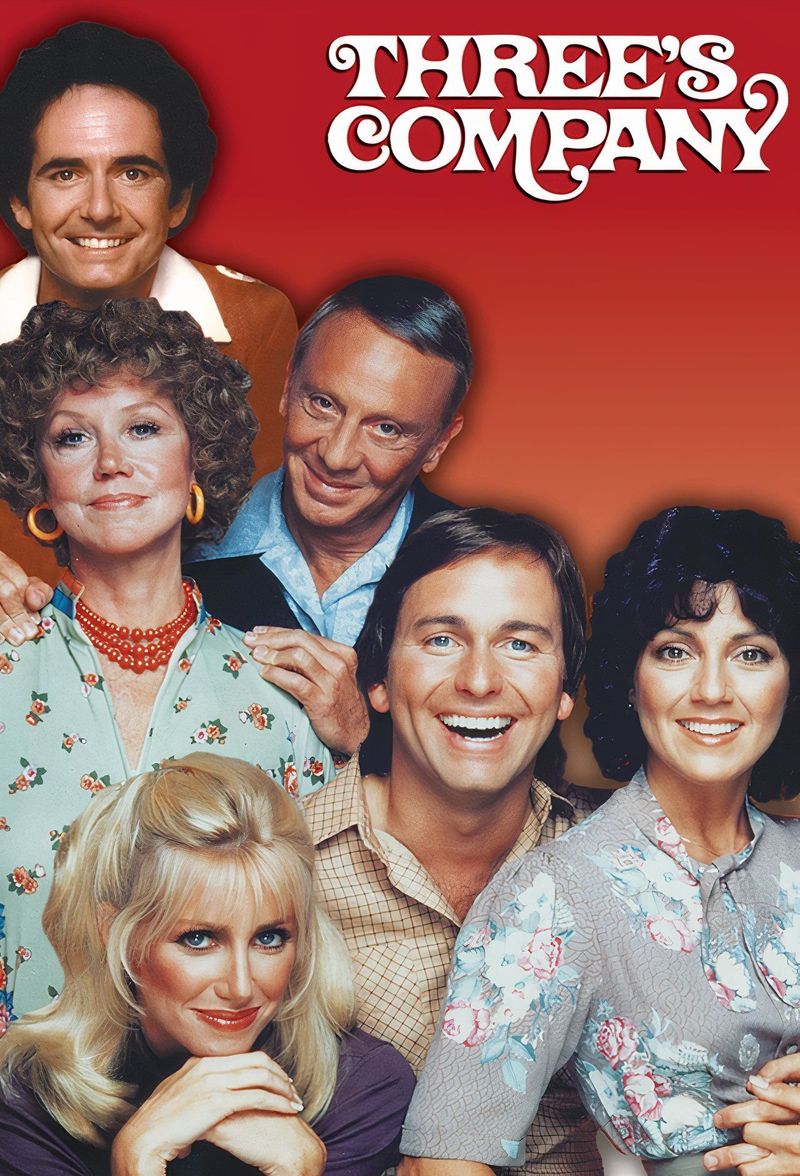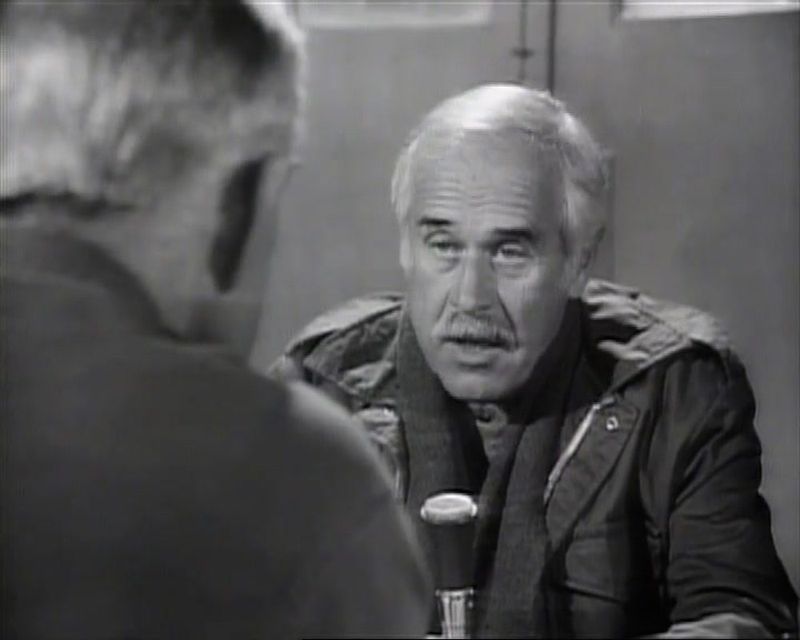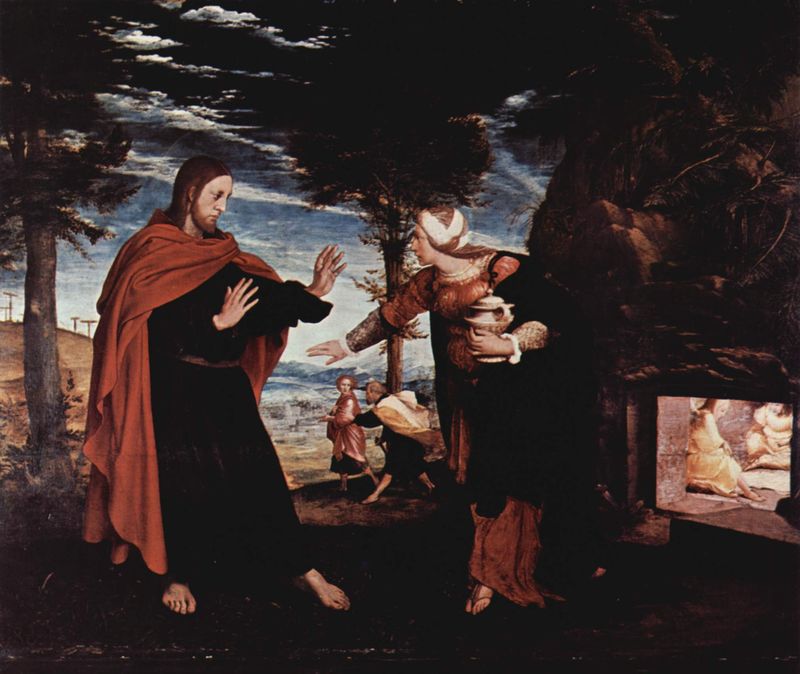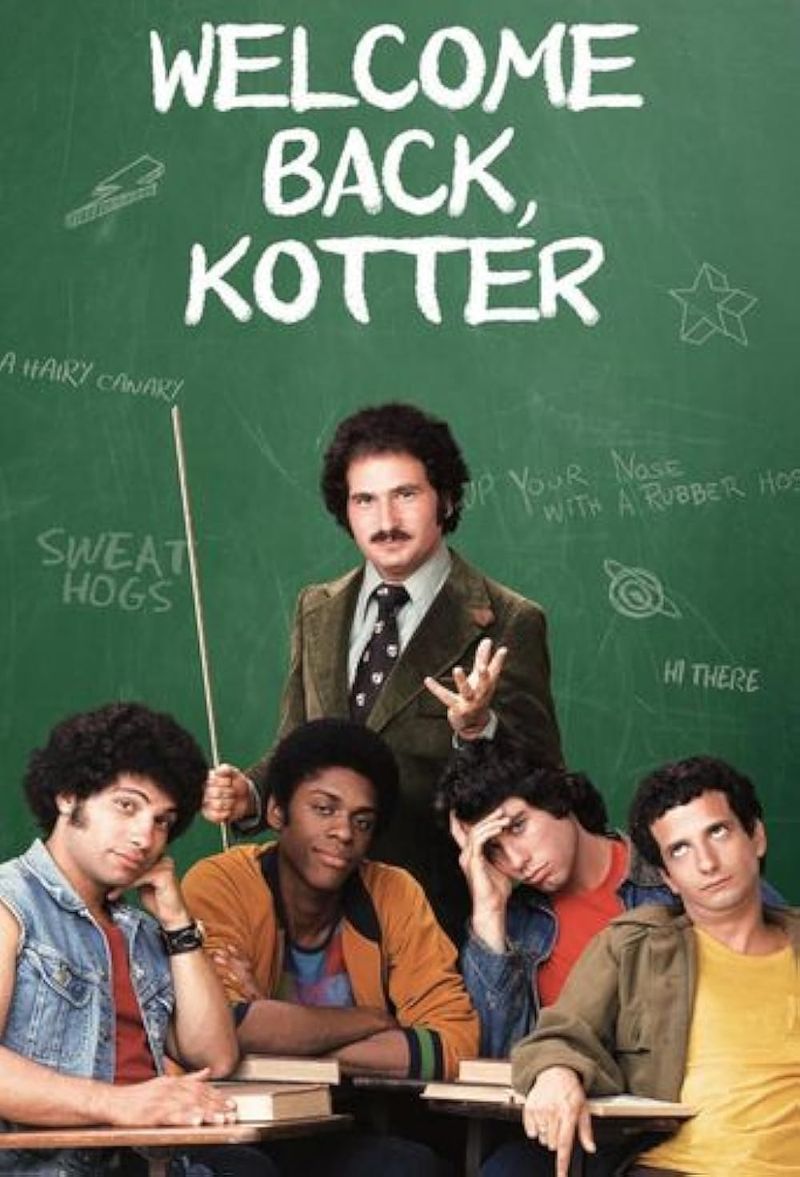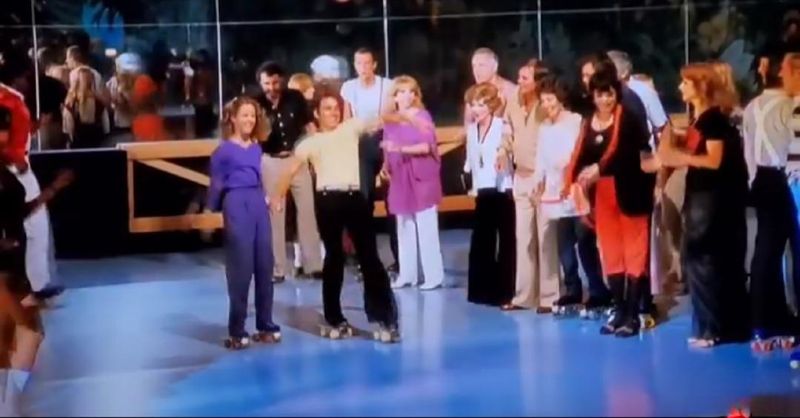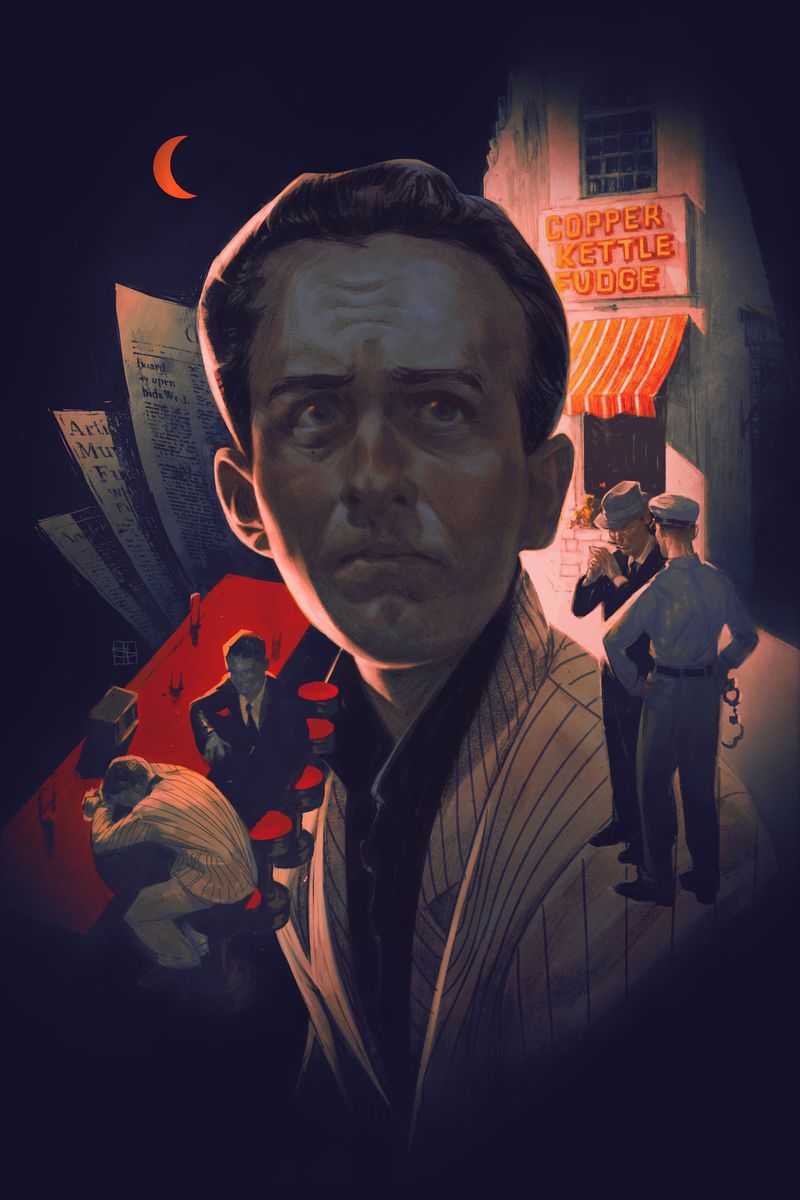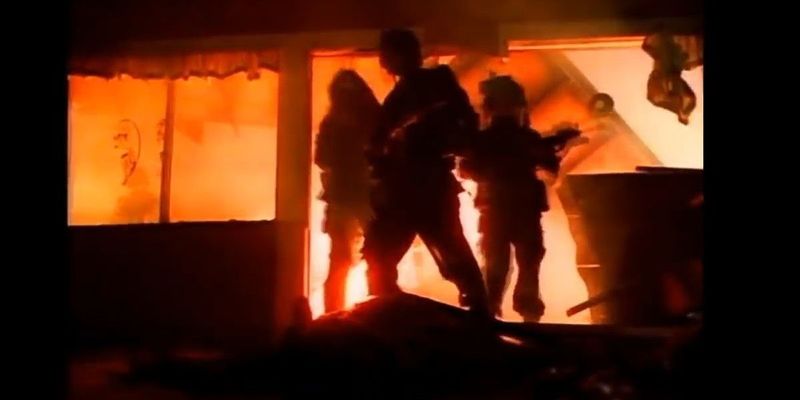Television wasn’t always the polished, carefully-vetted medium we know today. Back in the ’70s and ’80s, many shows pushed boundaries that networks later regretted. Some episodes tackled taboo subjects like abortion, suicide, or racism. Others featured content considered too disturbing or controversial for audiences. These forbidden gems reveal how much our cultural standards have evolved over the decades.
1. Maude’s Controversial Choice
CBS executives never expected the firestorm that erupted when Maude Findlay, a 47-year-old grandmother, decided to terminate her unexpected pregnancy. The 1972 two-part episode “Maude’s Dilemma” aired just months before Roe v. Wade. Nearly 40 stations refused to broadcast it. The network received over 24,000 letters of protest. When scheduled for summer reruns, the backlash intensified as Catholic groups organized massive advertiser boycotts. Though groundbreaking for addressing women’s reproductive rights, these episodes mysteriously disappeared from syndication packages, effectively erased from television history except for dedicated collectors and archivists.
2. The Elevator Story’s Dark Turn
Norman Lear’s boundary-pushing sitcom “All in the Family” rarely shied away from difficult topics, but “The Elevator Story” ventured into territory even CBS found troubling. Archie Bunker gets trapped in an elevator with a pregnant woman, a Black businessman, and a man contemplating suicide. The episode’s frank discussion of mental illness and suicide prevention techniques sparked immediate concern. Several affiliate stations deemed it inappropriate for family viewing hours. Mental health advocates praised its honest portrayal, but network executives quietly removed it from rotation. The episode’s absence from syndication packages meant generations of viewers never witnessed this powerful moment in television history.
3. Diff’rent Strokes’ Predator Warning
The infamous “Bicycle Man” episodes from 1983 were intended as a “very special” warning about child predators. Arnold and his friend Dudley encounter a seemingly friendly bike shop owner who gradually reveals sinister intentions. NBC initially praised the episodes for their educational value. Parents, however, flooded the network with complaints about the disturbing content showing a grown man attempting to photograph children in their underwear. While the episodes ended with a police officer explaining “stranger danger,” many stations pulled them from syndication rotations. The network’s attempt at public service ultimately created one of television’s most uncomfortable viewing experiences, now rarely seen except in academic contexts.
4. The Jeffersons’ Transgender Revelation
George Jefferson’s bigotry faced its greatest test in the groundbreaking 1977 episode “Once a Friend.” The storyline featured George reuniting with an old Navy buddy who had transitioned to living as a woman named Edie. For 1970s primetime television, this representation was revolutionary. The episode attempted to humanize transgender experiences through George’s journey from shock to acceptance. Many CBS affiliates in conservative markets refused to air it. Religious groups organized boycotts of sponsor products. Though praised by some critics for its progressive stance, the episode vanished from syndication packages. When the show appeared on streaming services decades later, this particular episode was mysteriously absent.
5. Sesame Street’s Terrifying Witch
Children’s television rarely makes banned episode lists, but Sesame Street episode #847 proved too frightening for its young audience. Margaret Hamilton reprised her iconic role as the Wicked Witch of the West, complete with the green makeup and cackling laugh that terrified a generation in “The Wizard of Oz.” The Children’s Television Workshop received an unprecedented flood of complaints from parents of traumatized children. Phone lines jammed with reports of nightmares and crying fits. Though designed to help children manage fear, the episode had the opposite effect. After its single airing on February 10, 1976, it was permanently removed from broadcast and has never been shown again, not even in anniversary specials.
6. Three’s Company’s Uncomfortable Date
The risqué sitcom “Three’s Company” built its reputation on sexual innuendo and misunderstandings, but “The Charming Stranger” crossed an unexpected line. Janet unwittingly begins dating a man with a criminal record for sexual offenses, creating a premise that played sexual assault for laughs. ABC executives initially approved the episode but quickly regretted their decision. Viewer complaints flooded the network, with women’s advocacy groups condemning the storyline’s insensitive treatment of a serious issue. Though it aired in its original timeslot, the episode mysteriously disappeared from future syndication packages. When the complete series was released on DVD decades later, this episode was included but with a content warning label not applied to any other episodes.
7. The Dukes of Hazzard’s Flag Problem
The General Lee’s iconic Confederate flag roof became a cultural flashpoint decades after the show’s original run. During its 1979-1985 broadcast, the symbol appeared in nearly every episode without controversy, adorning the heroes’ beloved 1969 Dodge Charger. Cultural attitudes shifted dramatically in subsequent decades. Following the 2015 Charleston church shooting, TV Land pulled the series entirely from its lineup. When the show returned to streaming platforms, many episodes were edited to minimize or remove Confederate imagery. Warner Bros. announced in 2015 they would no longer license merchandise featuring the flag. Original, unedited episodes became increasingly difficult to find, effectively creating dozens of “banned” episodes that exist only in their original form in private collections.
8. M*A*S*H’s Documentary Experiment
“The Interview” broke every sitcom convention when it aired in 1976. Shot entirely in black and white, this documentary-style episode featured the 4077th personnel answering questions about their wartime experiences with surprising candor and emotional depth. CBS executives worried the experimental format would confuse and alienate viewers. Some affiliates in more conservative markets refused to air it, concerned about its anti-war messaging during a period when Vietnam sentiments remained raw. Though critically acclaimed and eventually recognized as one of television’s finest hours, the episode’s stark visual departure from the series’ normal format led some syndication packages to exclude it. Its unflinching examination of war’s psychological toll proved too heavy for the comfort food programming many stations preferred.
9. Good Times’ Religious Controversy
The Evans family’s discovery of a painting depicting Jesus as a Black man sparked one of television’s earliest racial-religious controversies. The 1974 episode “Black Jesus” showed the family attributing a streak of good fortune to the painting’s presence in their apartment. Religious groups condemned the episode for blasphemy. Several southern CBS affiliates refused to air it, claiming it mocked Christianity. The network received thousands of complaint letters. Though the episode ultimately delivered a message about faith transcending racial boundaries, it became too problematic for reruns. When Good Times entered syndication, many stations specifically excluded this episode from their packages, effectively erasing it from television history for decades until streaming services restored it to the series.
10. Welcome Back, Kotter’s Bleak Holiday
Christmas episodes typically deliver heartwarming messages, but “Sweathog Christmas Special” took a dramatically different approach. The 1976 holiday episode explored juvenile delinquency, poverty, and abandonment through the Sweathogs’ experiences during what should be the happiest time of year. ABC executives were shocked by the episode’s somber tone. Viewers expecting festive cheer instead witnessed Vinnie Barbarino contemplating shoplifting and Freddie Washington describing Christmas in a broken home. The network received complaints that the episode was “depressing” and “inappropriate” for the season. When the show entered syndication, this particular Christmas special was frequently omitted from holiday programming blocks, creating a lost episode that contradicted the sitcom’s usually upbeat tone.
11. Quincy’s Anti-Punk Rock Crusade
Jack Klugman’s medical examiner series took an unexpected turn with 1982’s “Next Stop, Nowhere.” The episode portrayed punk rock fans as violent nihilists whose music directly caused a teenager’s death. Quincy infiltrates the punk scene, declaring it “a killer of our children.” Real punk musicians were outraged by the cartoonish portrayal. The episode became infamous for its wildly inaccurate depiction of punk culture, including fictional band “Mayhem” performing nonsensical lyrics about anarchy and destruction. Though it aired during the original run, NBC quietly removed it from syndication packages. The episode became a legendary example of the “moral panic” surrounding youth culture in the early 1980s, remembered more for its unintentional comedy than its intended anti-drug message.
12. CHiPs’ Disco Fever Embarrassment
Not all banned episodes contain controversial content. Sometimes they’re just embarrassingly dated, as proven by the two-part “Roller Disco” episodes from 1979. Officers Ponch and Jon investigate a series of crimes at a roller disco competition while showing off their own disco skating skills. The episodes feature extended sequences of Erik Estrada performing elaborate roller disco routines in tight satin shorts. By the mid-1980s, disco had become a cultural punchline, making these episodes painfully out of touch. When CHiPs entered heavy syndication, these episodes were frequently omitted from packages. Network executives believed the dated cultural references and unintentionally campy performances would damage the show’s reputation as a serious police drama, creating a strange case of episodes banned for pure embarrassment.
13. Saturday Night Live’s Musical Rebellion
Elvis Costello wasn’t supposed to play “Radio Radio” on December 17, 1977. The punk rocker had agreed to perform “Less Than Zero” on Saturday Night Live, but seconds into the song, he abruptly stopped his band and launched into his media-critical anthem instead. Producer Lorne Michaels was furious, reportedly giving Costello the middle finger from the control room. NBC executives were equally outraged at the unauthorized performance criticizing broadcast media. Costello was banned from SNL for nearly 12 years. The episode was pulled from rebroadcasts and compilation specials. When finally allowed to return in 1989, he jokingly referenced the incident. The episode remained absent from official collections until 2015, when the complete SNL archives were finally made available.
14. Lou Grant’s Police Brutality Exposé
Ed Asner’s newspaper drama regularly tackled social issues, but 1979’s “Cop” episode struck a particularly sensitive nerve. The storyline followed reporter Joe Rossi investigating police brutality allegations against the LAPD, ultimately publishing a damning exposé of systematic abuses. Law enforcement organizations across America condemned the episode. Police departments threatened to stop cooperating with CBS news crews. Several major city police unions organized advertiser boycotts. Though CBS initially defended the episode as fictional drama, the network quietly removed it from syndication packages. When the series was later released on home video, this episode was conspicuously absent. Its frank examination of police accountability predated similar conversations by decades, making it too controversial for television executives to stand behind.
15. The Twilight Zone’s Vietnam Nightmare
The 1985 revival of “The Twilight Zone” pushed boundaries further than its predecessor, especially with the disturbing episode “Nightcrawlers.” The story follows a Vietnam veteran whose PTSD manifests as a supernatural ability to make his war flashbacks physically real, ultimately leading to bloody violence in a roadside diner. The graphic depictions of war trauma and civilian casualties shocked viewers. CBS received complaints about inappropriate content for the timeslot. While it aired during its original run, many affiliates refused to include it in syndication packages. The episode’s unflinching portrayal of Vietnam’s psychological aftermath proved too intense for comfort. When the series was released on home video, this episode carried special content warnings not applied to other episodes, effectively marking it as too disturbing for general audiences.
